Opinion & Analysis
PGA Tour Equipment Changes: A behind-the-scenes account
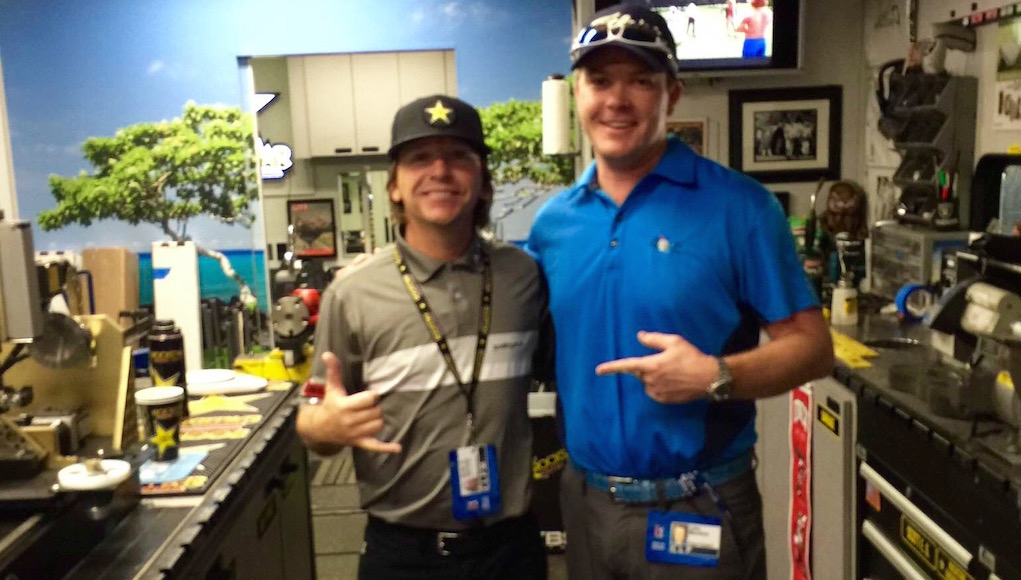
This past week I was back out on the PGA Tour working with a couple players to optimize their equipment performance. As GolfWRX readers know, Tour players are very particular with their equipment, and they want to squeeze every last bit of performance out of their clubs. I wanted to share my experience from last week with GolfWRXers, as I know these kinds of first-person accounts are of great interest to the community.
At the tournament, I was working with a player who I had not seen in a couple months. I have to apologize that I cannot name him. I have to maintain a certain level of client confidentiality about my players, but I can tell you he is a five-time winner.
The first thing I wanted to do, after a careful study of his statistics, was compare the distances he was hitting his short irons. His statistics showed me a weakness from 140-160 yards, so I thought we should first see if it was an equipment-related problem.
I validated his on-course data by testing the carry distances with Trackman, and there was definitely a small gap between his 9 iron and 8 iron. I headed off to the Rockstar Energy truck to see my friend Scott E G (that’s me and him together on the cover image). After going through the lofts, sure enough the 9 iron had slid back 1 degree weaker than where we wanted it.
The next order of business was to address the player’s hybrid. Prior to the season, we did significant testing to optimize the static weight of the driver shaft. Back in October, we increased club head speed by 5 mph by switching him from a 53-gram shaft to a 78-gram shaft. I know that sounds weird, but bear with me. My next article is going to be exclusively on shaft weight, and I will do a deep dive on this topic in the coming weeks.
We also nailed the standard 10-gram weight progression in his 3 and 5 woods. Last year, this player’s hybrid was his favorite, and the heaviest club in his bag. This year it was still good, but the 90-gram shaft was 5 grams lighter than his 5-wood shaft, and more than 30-grams lighter than his iron shafts.
Whenever I am doing testing of drivers, fairway woods, or hybrids, I will use both my Foresight GC2 with HMT and Trackman launch monitors. The HMT unit actually measures impact point, which in my opinion is the most overlooked performance characteristic. In this particular case, impact was dead center with his current gamer.
The current hybrid setup was creating the launch angle we wanted, but the spin rate was so low that the ball was landing too hot to be an effective approach club. The launch and spin number were ones that most club players would probably like, but the resultant shallow landing angle was not going to be easy to control on PGA Tour greens. We got our hands on a couple shafts from Fujikura and Aerotech that were both in the range of 105-110 grams, and the boys over on the Titleist truck had the shafts built up and ready to go in a matter of minutes.
Every last detail, from grip type to tape job to swing weight, is nailed by the tour techs on the van, and it was no different on that day. I can tell you from experience that there is nowhere else in the world where golf clubs have to be built so quickly with such a high level of precision. Shout out to the boys on the TaylorMade truck who were helping with the gear for a couple other players, too.
With the heavier shaft in place, the player instantly started to release the club more naturally and we got the desired increase in spin rate and landing angle we were looking for. It is not uncommon for players to either drag the handle through impact or throw away the lag early in the downswing when the static weight gets too light. Most importantly, center impact was never off now that the player had a more suitable shaft.
What’s the takeaway for the readers out there?
The simple one is that every last component matters: static weight, loft, lie angle, etc. Having perfectly fitted clubs is a recipe, not a menu. You simply can’t pick and choose what elements you want; it’s about how they blend together to create optimum ball flight.
Don’t ever forget, however, that center impact overrides all other priorities. It doesn’t matter how great your launch and spin numbers are if you’re not making center contact. So if you’re consistently making off-center contact, then contact a local club fitter and start to experiment with weight and flex until you find something that works for you.
- LIKE280
- LEGIT42
- WOW25
- LOL1
- IDHT2
- FLOP1
- OB3
- SHANK4
19th Hole
Vincenzi’s LIV Golf Singapore betting preview: Course specialist ready to thrive once again

After another strong showing in Australia, LIV Golf will head to Sentosa Golf Club in Singapore looking to build off of what was undoubtedly their best event to date.
Sentosa Golf Club sits on the southern tip of Singapore and is one of the most beautiful courses in the world. The course is more than just incredible scenically; it was also rated 55th in Golf Digest’s top-100 courses in 2022-2023 and has been consistently regarded as one of the best courses in Asia. Prior to being part of the LIV rotation, the course hosted the Singapore Open every year since 2005.
Sentosa Golf Club is a par 71 measuring 7,406 yards. The course will require precise ball striking and some length off the tee. It’s possible to go low due to the pristine conditions, but there are also plenty of hazards and difficult spots on the course that can bring double bogey into play in a hurry. The Bermudagrass greens are perfectly manicured, and the course has spent millions on the sub-air system to keep the greens rolling fast. I spoke to Asian Tour player, Travis Smyth, who described the greens as “the best [he’s] ever played.”
Davis Love III, who competed in a Singapore Open in 2019, also gushed over the condition of the golf course.
“I love the greens. They are fabulous,” the 21-time PGA Tour winner said.
Love III also spoke about other aspects of the golf course.
“The greens are great; the fairways are perfect. It is a wonderful course, and it’s tricky off the tee.”
“It’s a long golf course, and you get some long iron shots. It takes somebody hitting it great to hit every green even though they are big.”
As Love III said, the course can be difficult off the tee due to the length of the course and the trouble looming around every corner. It will take a terrific ball striking week to win at Sentosa Golf Club.
In his pre-tournament press conference last season, Phil Mickelson echoed many of the same sentiments.
“To play Sentosa effectively, you’re going to have a lot of shots from 160 to 210, a lot of full 6-, 7-, 8-iron shots, and you need to hit those really well and you need to drive the ball well.”
Golfers who excel from tee to green and can dial in their longer irons will have a massive advantage this week.
Stat Leaders at LIV Golf Adelaide:
Fairways Hit
1.) Louis Oosthuizen
2.) Anirban Lahiri
3.) Jon Rahm
4.) Brendan Steele
5.) Cameron Tringale
Greens in Regulation
1.) Brooks Koepka
2.) Brendan Steele
3.) Dean Burmester
4.) Cameron Tringale
5.) Anirban Lahiri
Birdies Made
1.) Brendan Steele
2.) Dean Burmester
3.) Thomas Pieters
4.) Patrick Reed
5.) Carlos Ortiz
LIV Golf Individual Standings:
1.) Joaquin Niemann
2.) Jon Rahm
3.) Dean Burmester
4.) Louis Oosthuizen
5.) Abraham Ancer
LIV Golf Team Standings:
1.) Crushers
2.) Legion XIII
3.) Torque
4.) Stinger GC
5.) Ripper GC
LIV Golf Singapore Picks
Sergio Garcia +3000 (DraftKings)
Sergio Garcia is no stranger to Sentosa Golf Club. The Spaniard won the Singapore Open in 2018 by five strokes and lost in a playoff at LIV Singapore last year to scorching hot Talor Gooch. Looking at the course setup, it’s no surprise that a player like Sergio has played incredible golf here. He’s long off the tee and is one of the better long iron players in the world when he’s in form. Garcia is also statistically a much better putter on Bermudagrass than he is on other putting surfaces. He’s putt extremely well on Sentosa’s incredibly pure green complexes.
This season, Garcia has two runner-up finishes, both of them being playoff losses. Both El Camaleon and Doral are courses he’s had success at in his career. The Spaniard is a player who plays well at his tracks, and Sentosa is one of them. I believe Sergio will get himself in the mix this week. Hopefully the third time is a charm in Singapore.
Paul Casey +3300 (FanDuel)
Paul Casey is in the midst of one of his best seasons in the five years or so. The results recently have been up and down, but he’s shown that when he’s on a golf course that suits his game, he’s amongst the contenders.
This season, Casey has finishes of T5 (LIV Las Vegas), T2 (LIV Hong Kong), and a 6th at the Singapore Classic on the DP World Tour. At his best, the Englishman is one of the best long iron players in the world, which makes him a strong fit for Sentosa. Despite being in poor form last season, he was able to fire a Sunday 63, which shows he can low here at the course.
It’s been three years since Casey has won a tournament (Omega Dubai Desert Classic in 2021), but he’s been one of the top players on LIV this season and I think he can get it done at some point this season.
Mito Pereira +5000 (Bet365)
Since Mito Pereira’s unfortunate demise at the 2022 PGA Championship, he’s been extremely inconsistent. However, over the past few months, the Chilean has played well on the International Series as well as his most recent LIV start. Mito finished 8th at LIV Adelaide, which was his best LIV finish this season.
Last year, Pereira finished 5th at LIV Singapore, shooting fantastic rounds of 67-66-66. It makes sense why Mito would like Sentosa, as preeminent ball strikers tend to rise to the challenge of the golf course. He’s a great long iron player who is long and straight off the tee.
Mito has some experience playing in Asia and is one of the most talented players on LIV who’s yet to get in the winner’s circle. I have questions about whether or not he can come through once in contention, but if he gets there, I’m happy to roll the dice.
Andy Ogletree +15000 (DraftKings)
Andy Ogletree is a player I expected to have a strong 2024 but struggled early in his first full season on LIV. After failing to crack the top-25 in any LIV event this year, the former U.S. Amateur champion finally figured things out, finished in a tie for 3rd at LIV Adelaide.
Ogletree should be incredible comfortable playing in Singapore. He won the International Series Qatar last year and finished T3 at the International Series Singapore. The 26-year-old was arguably the best player on the Asian Tour in 2023 and has been fantastic in the continent over the past 18 months.
If Ogletree has indeed found form, he looks to be an amazing value at triple-digit odds.
- LIKE3
- LEGIT3
- WOW1
- LOL2
- IDHT0
- FLOP2
- OB0
- SHANK0
Opinion & Analysis
Ryan: Lessons from the worst golf instructor in America

In Tampa, there is a golf course that boasts carts that do not work, a water range, and a group of players none of which have any chance to break 80. The course is overseen by a staff of crusty men who have succeeded at nothing in life but ending up at the worst-run course in America. However, this place is no failure. With several other local courses going out of business — and boasting outstanding greens — the place is booked full.
While I came for the great greens, I stayed to watch our resident instructor; a poor-tempered, method teacher who caters to the hopeless. At first, it was simply hilarious. However, after months of listening and watching, something clicked. I realized I had a front-row seat to the worst golf instructor in America.
Here are some of my key takeaways.
Method Teacher
It is widely accepted that there are three types of golf instructors: system teachers, non-system teachers, and method teachers. Method teachers prescribe the same antidote for each student based on a preamble which teachers can learn in a couple day certification.
Method teaching allows anyone to be certified. This process caters to the lowest caliber instructor, creating the illusion of competency. This empowers these underqualified instructors with the moniker of “certified” to prey on the innocent and uninformed.
The Cult of Stack and Jilt
The Stack and Tilt website proudly boasts, “A golfer swings his hands inward in the backswing as opposed to straight back to 1) create power, similar to a field goal kicker moving his leg in an arc and 2) to promote a swing that is in-to-out, which produces a draw (and eliminates a slice).”
Now, let me tell you something, there is this law of the universe which says “energy can either be created or destroyed,” so either these guys are defying physics or they have no idea what they are taking about. Further, the idea that the first move of the backswing determines impact is conjecture with a splash of utter fantasy.
These are the pontifications of a method — a set of prescriptions applied to everyone with the hope of some success through the placebo effect. It is one thing for a naive student to believe, for a golf instructor to drink and then dispel this Kool-Aid is malpractice.
Fooled by Randomness
In flipping a coin, or even a March Madness bet, there is a 50-50 chance of success. In golf, especially for new players, results are asymmetric. Simply put: Anything can happen. The problem is that when bad instructors work with high handicappers, each and every shot gets its own diagnosis and prescription. Soon the student is overwhelmed.
Now here’s the sinister thing: The overwhelming information is by design. In this case, the coach is not trying to make you better, they are trying to make you reliant on them for information. A quasi Stockholm syndrome of codependency.
Practice
One of the most important scientists of the 20th century was Ivan Pavlov. As you might recall, he found that animals, including humans, could be conditioned into biological responses. In golf, the idea of practice has made millions of hackers salivate that they are one lesson or practice session from “the secret.”
Sunk Cost
The idea for the worst golf instructor is to create control and dependency so that clients ignore the sunk cost of not getting better. Instead, they are held hostage by the idea that they are one lesson or tip away from unlocking their potential.
Cliches
Cliches have the effect of terminating thoughts. However, they are the weapon of choice for this instructor. Add some hyperbole and students actually get no information. As a result, these players couldn’t play golf. When they did, they had no real scheme. With no idea what they are doing, they would descend into a spiral of no idea what to do, bad results, lower confidence, and running back to the lesson tee from more cliches.
The fact is that poor instruction is about conditioning players to become reliant members of your cult. To take away autonomy. To use practice as a form of control. To sell more golf lessons not by making people better but through the guise that without the teacher, the student can never reach their full potential. All under the umbrella of being “certified” (in a 2-day course!) and a melee of cliches.
This of course is not just happening at my muni but is a systemic problem around the country and around the world, the consequences of which are giving people a great reason to stop playing golf. But hey, at least it’s selling a lot of golf balls…
- LIKE17
- LEGIT2
- WOW0
- LOL4
- IDHT1
- FLOP4
- OB1
- SHANK23
19th Hole
Vincenzi’s 2024 Zurich Classic of New Orleans betting preview

The PGA TOUR heads to New Orleans to play the 2023 Zurich Classic of New Orleans. In a welcome change from the usual stroke play, the Zurich Classic is a team event. On Thursday and Saturday, the teams play best ball, and on Friday and Sunday the teams play alternate shot.
TPC Louisiana is a par 72 that measures 7,425 yards. The course features some short par 4s and plenty of water and bunkers, which makes for a lot of exciting risk/reward scenarios for competitors. Pete Dye designed the course in 2004 specifically for the Zurich Classic, although the event didn’t make its debut until 2007 because of Hurricane Katrina.
Coming off of the Masters and a signature event in consecutive weeks, the field this week is a step down, and understandably so. Many of the world’s top players will be using this time to rest after a busy stretch.
However, there are some interesting teams this season with some stars making surprise appearances in the team event. Some notable teams include Patrick Cantlay and Xander Schauffele, Rory McIlroy and Shane Lowry, Collin Morikawa and Kurt Kitayama, Will Zalatoris and Sahith Theegala as well as a few Canadian teams, Nick Taylor and Adam Hadwin and Taylor Pendrith and Corey Conners.
Past Winners at TPC Louisiana
- 2023: Riley/Hardy (-30)
- 2022: Cantlay/Schauffele (-29)
- 2021: Leishman/Smith (-20)
- 2019: Palmer/Rahm (-26)
- 2018: Horschel/Piercy (-22)
- 2017: Blixt/Smith (-27)
2024 Zurich Classic of New Orleans Picks
Tom Hoge/Maverick McNealy +2500 (DraftKings)
Tom Hoge is coming off of a solid T18 finish at the RBC Heritage and finished T13 at last year’s Zurich Classic alongside Harris English.
This season, Hoge is having one of his best years on Tour in terms of Strokes Gained: Approach. In his last 24 rounds, the only player to top him on the category is Scottie Scheffler. Hoge has been solid on Pete Dye designs, ranking 28th in the field over his past 36 rounds.
McNealy is also having a solid season. He’s finished T6 at the Waste Management Phoenix Open and T9 at the PLAYERS Championship. He recently started working with world renowned swing coach, Butch Harmon, and its seemingly paid dividends in 2024.
Keith Mitchell/Joel Dahmen +4000 (DraftKings)
Keith Mitchell is having a fantastic season, finishing in the top-20 of five of his past seven starts on Tour. Most recently, Mitchell finished T14 at the Valero Texas Open and gained a whopping 6.0 strokes off the tee. He finished 6th at last year’s Zurich Classic.
Joel Dahmen is having a resurgent year and has been dialed in with his irons. He also has a T11 finish at the PLAYERS Championship at TPC Sawgrass which is another Pete Dye track. With Mitchell’s length and Dahmen’s ability to put it close with his short irons, the Mitchell/Dahmen combination will be dangerous this week.
Taylor Moore/Matt NeSmith +6500 (DraftKings)
Taylor Moore has quickly developed into one of the more consistent players on Tour. He’s finished in the top-20 in three of his past four starts, including a very impressive showing at The Masters, finishing T20. He’s also finished T4 at this event in consecutive seasons alongside Matt NeSmith.
NeSmith isn’t having a great 2024, but has seemed to elevate his game in this format. He finished T26 at Pete Dye’s TPC Sawgrass, which gives the 30-year-old something to build off of. NeSmith is also a great putter on Bermudagrass, which could help elevate Moore’s ball striking prowess.
- LIKE8
- LEGIT3
- WOW1
- LOL1
- IDHT0
- FLOP3
- OB1
- SHANK2
-

 19th Hole2 weeks ago
19th Hole2 weeks agoJustin Thomas on the equipment choice of Scottie Scheffler that he thinks is ‘weird’
-

 19th Hole2 weeks ago
19th Hole2 weeks ago‘Absolutely crazy’ – Major champ lays into Patrick Cantlay over his decision on final hole of RBC Heritage
-

 19th Hole3 weeks ago
19th Hole3 weeks agoTwo star names reportedly blanked Jon Rahm all week at the Masters
-

 19th Hole3 weeks ago
19th Hole3 weeks agoReport: LIV Golf identifies latest star name they hope to sign to breakaway tour
-

 19th Hole3 weeks ago
19th Hole3 weeks agoNeal Shipley presser ends in awkward fashion after reporter claims Tiger handed him note on 8th fairway
-

 19th Hole3 weeks ago
19th Hole3 weeks agoBrandel Chamblee has ‘no doubt’ who started the McIlroy/LIV rumor and why
-

 19th Hole1 week ago
19th Hole1 week agoLET pro gives detailed financial breakdown of first week on tour…and the net result may shock you
-

 Equipment3 weeks ago
Equipment3 weeks agoJason Day on his recent switch into Srixon ZX5 and ZX7 Mk II irons

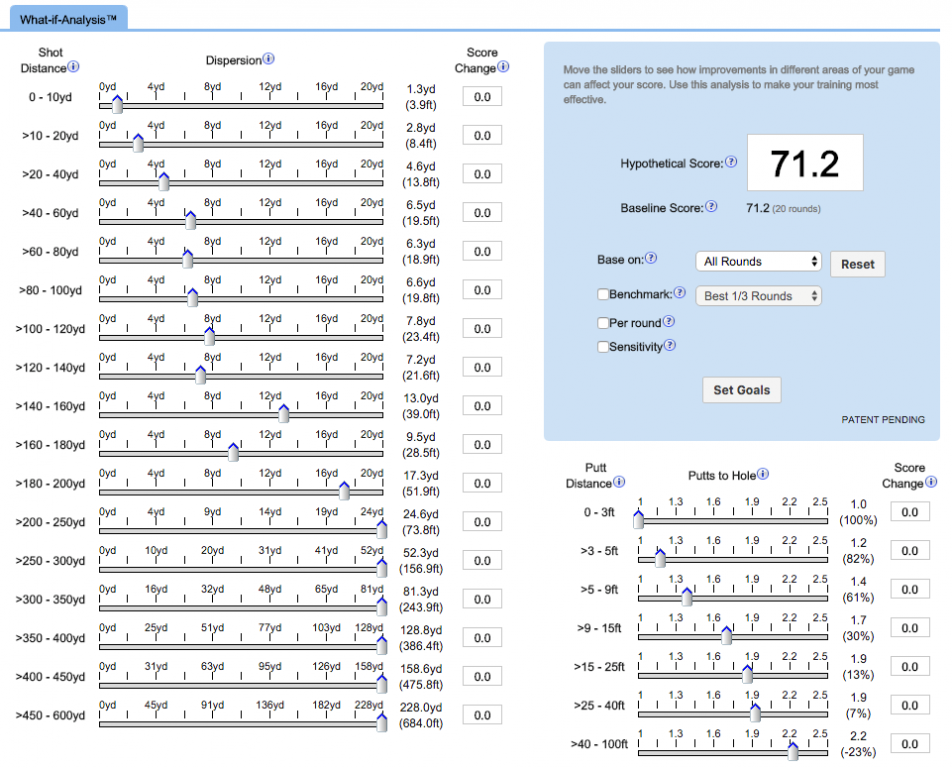

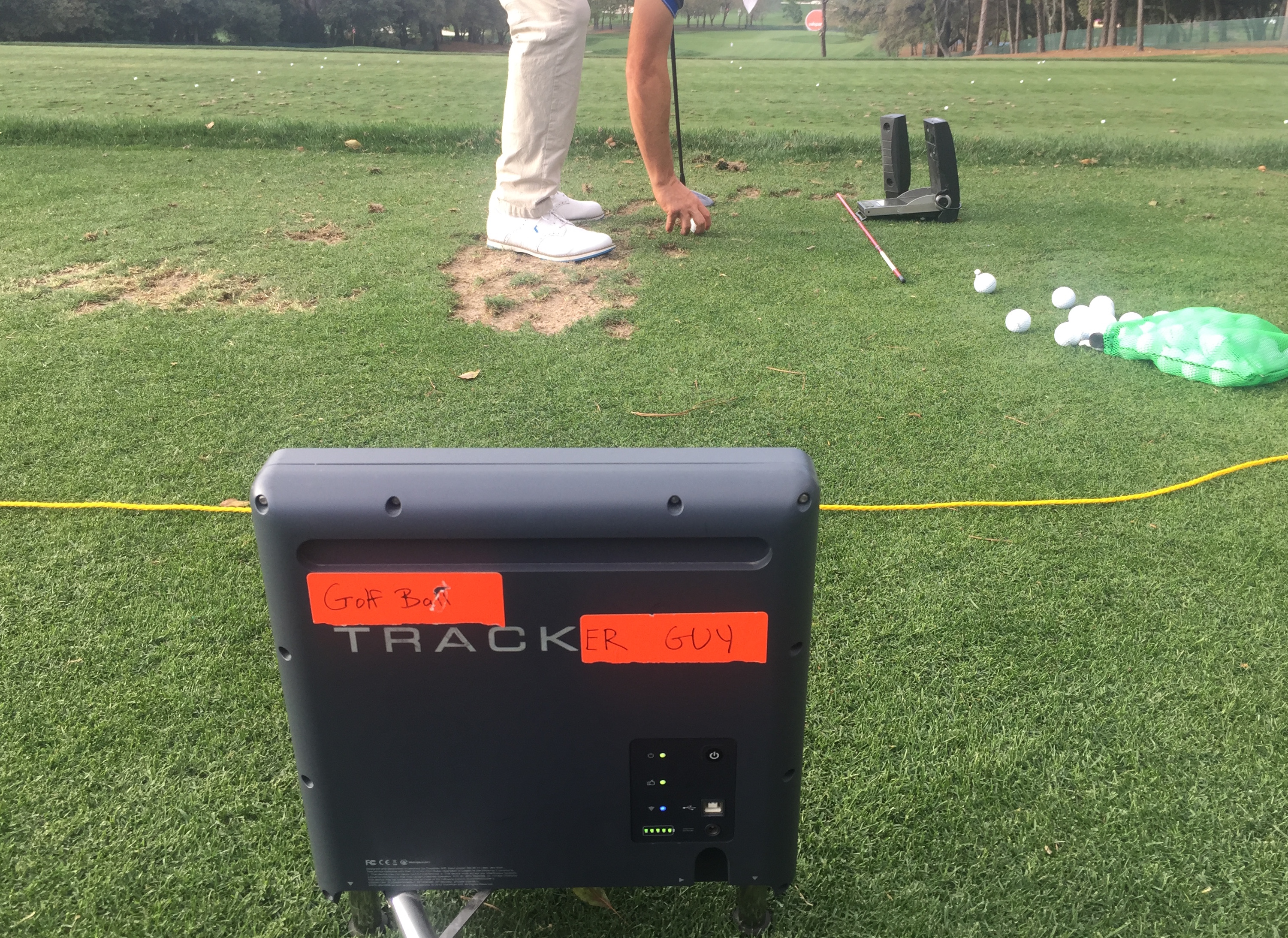
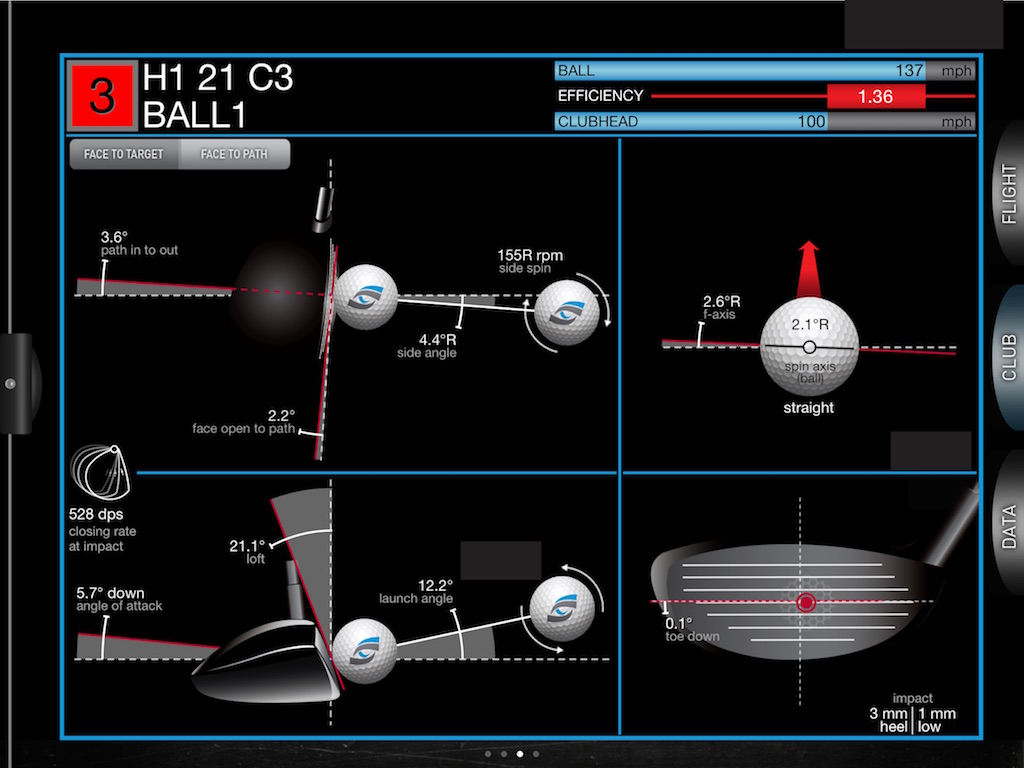
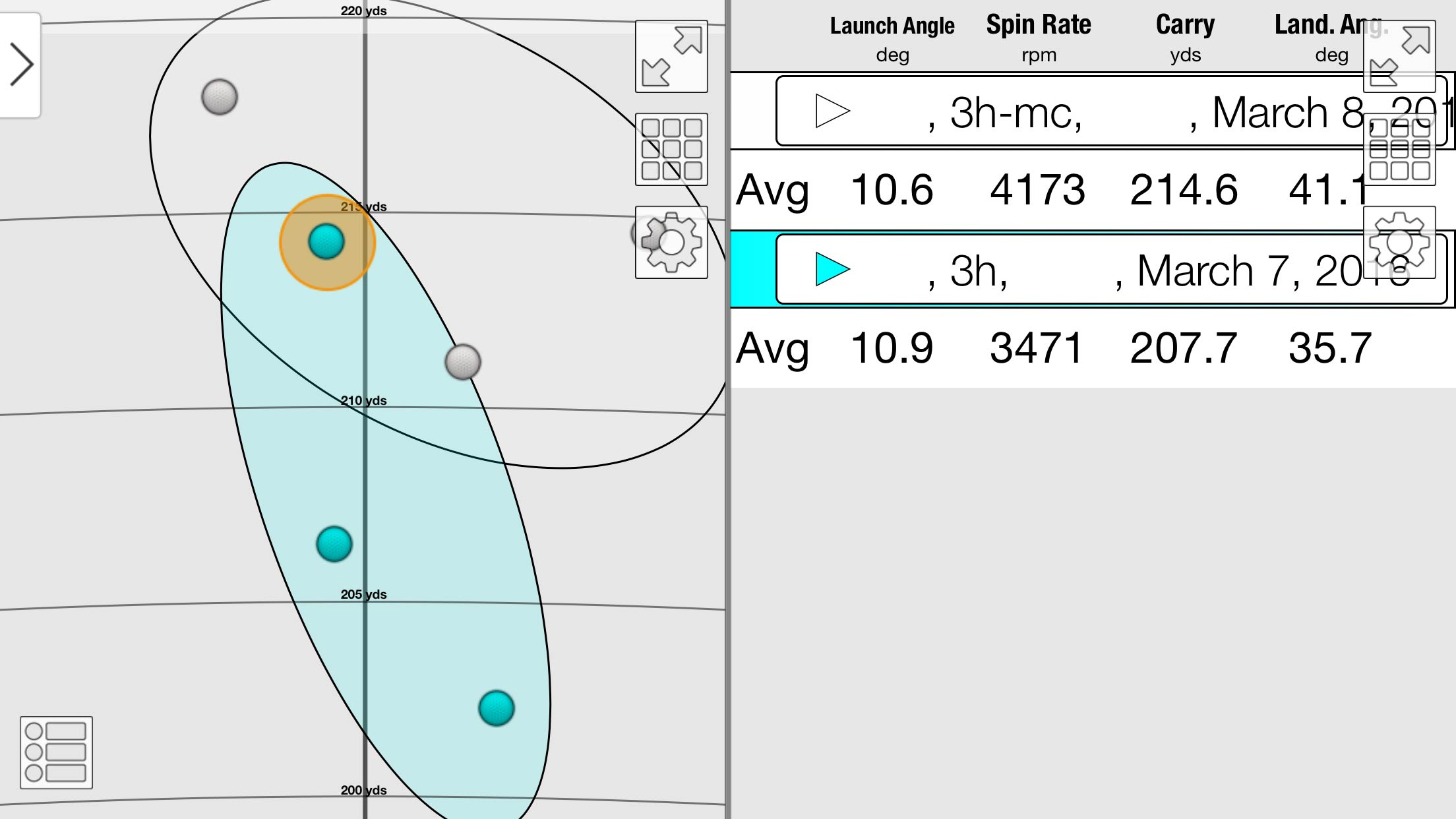

















graymulligan
Mar 27, 2016 at 6:35 pm
Great write-up. You’ve captured what a few of the technical writers here can’t seem to do, the ability to translate the minutiae of what’s going on with the tech/specs into an article that doesn’t read like a wall of tedious text. Cool stuff, and interesting to read.
Snowman9000
Mar 26, 2016 at 9:23 am
IMO too many recreational players are playing clubs that are too light for them. Even slow swinging players might do better with heavier shafts. From my own attempts to find shafts, I can say that there is a gap in the market for those 90 MPH players who need heavier graphite shafts in woods and irons. I would love to find a good graphite iron shaft that is 100 grams at cut length and is not a stout shaft. There was a time when a 100 gram shaft was super light! 🙂
Lowell
Mar 25, 2016 at 3:47 pm
Great Article and makes me wish I had a chance to really dial in my equipment. One take away I got from the article is this and one that proves that lessons probably will payoff tenfold over new equipment any day. “Don’t ever forget, however, that center impact overrides all other priorities. It doesn’t matter how great your launch and spin numbers are if you’re not making center contact.” So true yet often never achieved consistently enough to worry about what clubs you play. I believe the more consistent a player gets with hitting the center of any of their clubs, the next obvious step in player progression is getting better equipment that suits them.
kn
Mar 25, 2016 at 2:59 pm
I enjoyed reading this article, as it appeals to my wanna-be tech nerd/geek side. All these variables are what keep my attention in the game. Knowing that they exist should make the average golfer realize how important it is to get clubs professionally fit for them (if they are seeking consistent game improvement).
Mike Desy
Mar 25, 2016 at 1:49 pm
My New address e-mail.
TheFightingEdFioris
Mar 24, 2016 at 11:45 pm
Very interesting stuff.. i know it seems cynical and is not the point, but the player is definitely Ryan Moore. I am definitely looking forward to the Shaft Weight article.
Andy
Mar 24, 2016 at 4:28 pm
I think the player is Ben Crane. He has 5 wins on tour, and I think he played a 53 gram shaft in his driver and 90 gram shaft in his hybrid last year. Plus, the photo shows a player wearing True Links shoes, and I believe that Ben wears those.
Scotty P
Mar 24, 2016 at 3:32 pm
How does one become a trackman Master? Thanks!
Liam Mucklow
Mar 24, 2016 at 4:21 pm
You have to become Level 2 certified and then complete and approved research study.
Leon
Mar 24, 2016 at 2:55 pm
Great article. Look forward to the incoming series.
mlecuni
Mar 24, 2016 at 2:47 pm
Great article, please post the next one quickly
: )
Chuck
Mar 24, 2016 at 12:22 pm
Great article. Well written. Smart. Interesting.
One question: If the player’s 9-iron had slid to an extra degree weak, wouldn’t that create a larger and not smaller gap between 8 and 9?
Second question: Do you see irons that are used often in practice on the range generally slipping to weaker lofts, or stronger? I have a Mitchell machine of my own, and I very often see oft-used practice clubs slipping to weaker lofts, and I never understood it. You’d think that banging them with repeated practice would strengthen the lofts.
Third question: Do you trust Trackman on a consistent basis to give you accurate carry distances? Because you and I both know just how exacting (to. the. yard. !) tour players are about carry distances with short irons. Do you ever have to resort to real-life observations with a target and a laser. (I sort of expect you’ll tell me that the players spend hours on that, on their own, without you.)
Thanks much. Looking forward to a lot more of your writing!
Liam Mucklow
Mar 24, 2016 at 1:20 pm
Great questions.
1. The gap did get larger, hence the poor performance from 140-160.
2. I have seen irons move all over the place for different players. Sometime weak, sometimes strong. The same goes with flat and upright. I believe it has to do with the delivery pattern.
3. I have done laser testing to make sure trackman’s carry distances are accurate. They are excellent, you just have to remember that it measures “Carry Flat”, so if it’s downhill it will chart Carry as where the ball is when it falls to the same elevation as the radar.
Joshuaplaysgolf
Mar 24, 2016 at 12:06 pm
LOVE this article. As a true equipment nerd and tinkerer I can fully appreciate playing with weighting, flex, and lofts to get things just right.
Double Mocha Man
Mar 24, 2016 at 12:03 pm
Looking forward to your shaft weight article. When is the tour van coming to my local muni? 🙂
Joshuaplaysgolf
Mar 24, 2016 at 12:40 pm
Lol. Right?? I thought the same thing…we’d probably wear those dudes out considering the difficulty in finding a quality fitter for us ams. Also super excited for the shaft weight article. I’ve got an Oban Kyoshi white 75 gm hanging on my wall that I’m considering reshafting to fit my M1, not sure I love the 65 gm AD-MT currently in it.
Liam Mucklow
Mar 24, 2016 at 1:21 pm
Just come up to Toronto! The Candian dollar is weak 🙂
RAT
Mar 24, 2016 at 9:54 am
Interesting, I purchased a driver that is advertised as “The Right Light” and I felt that it was too light and caused me to hit the ball right side of the fairway. This article makes sense. Interested in more info.